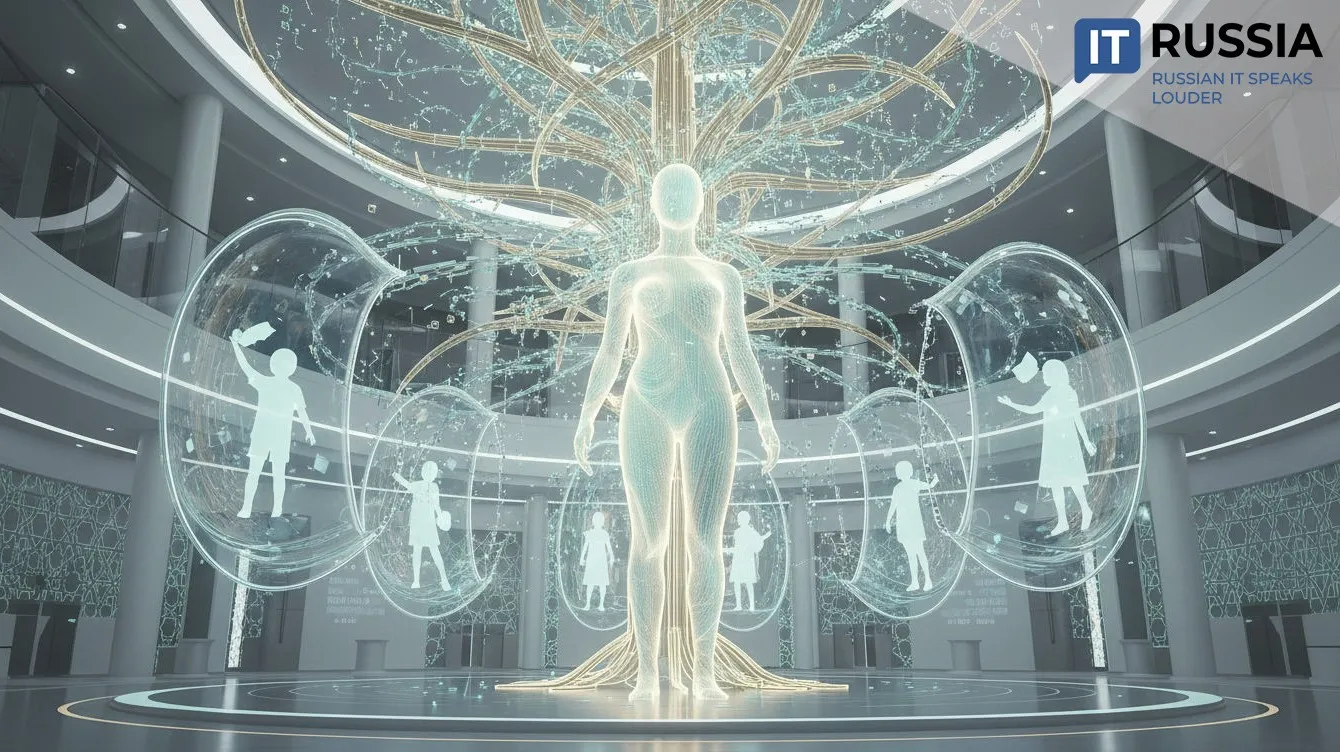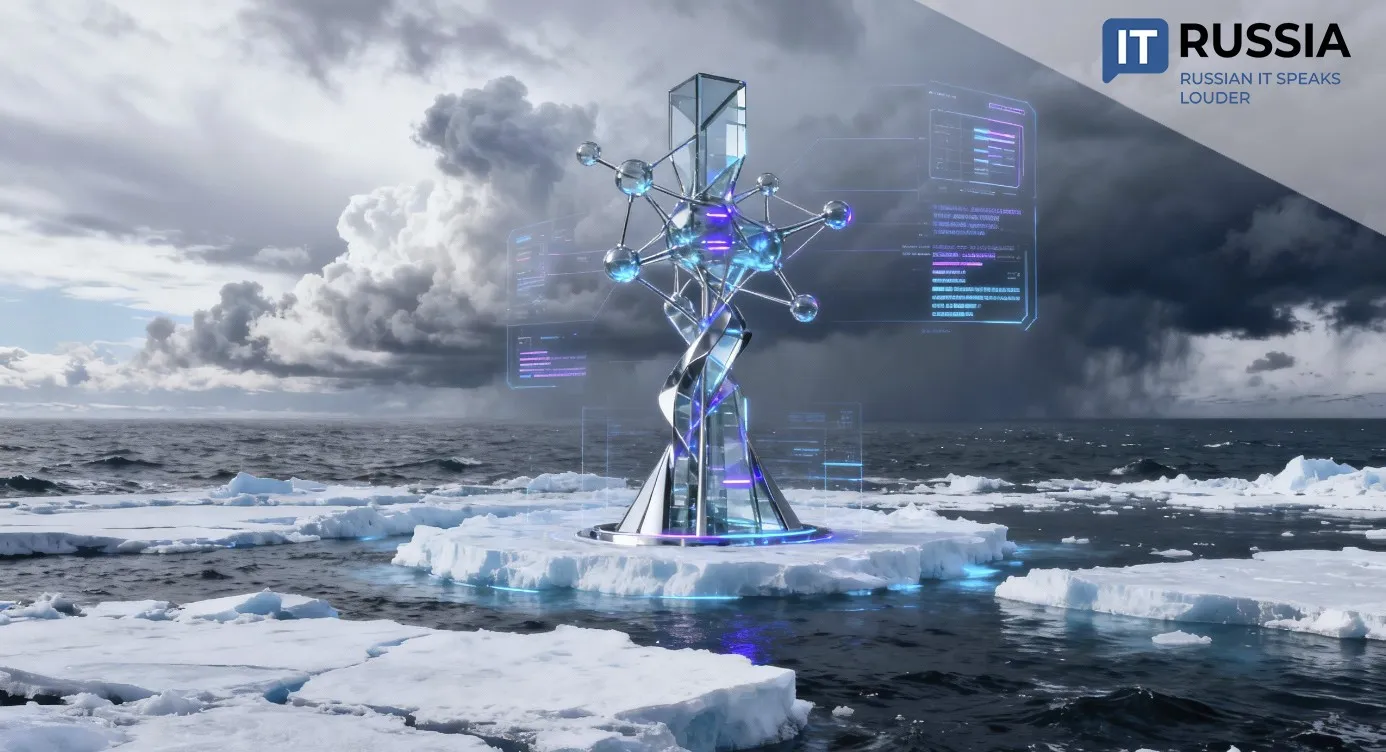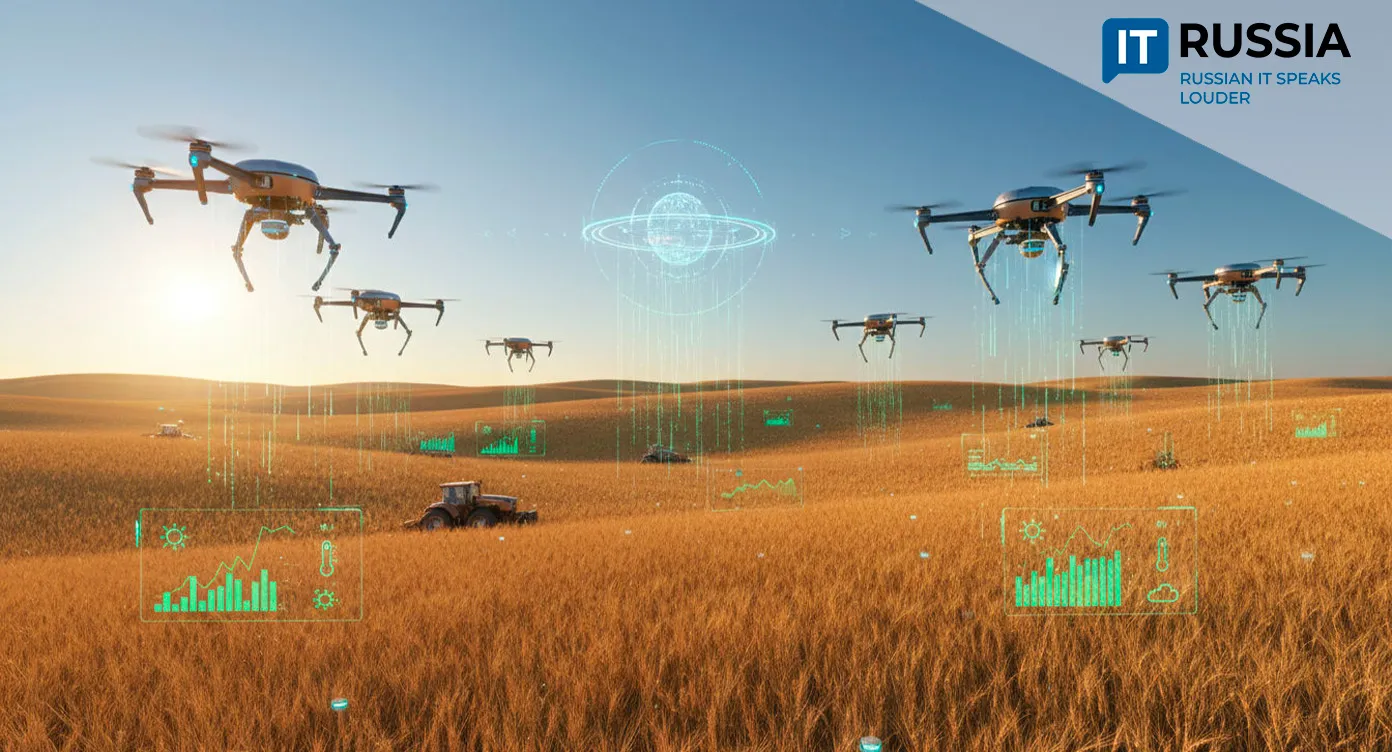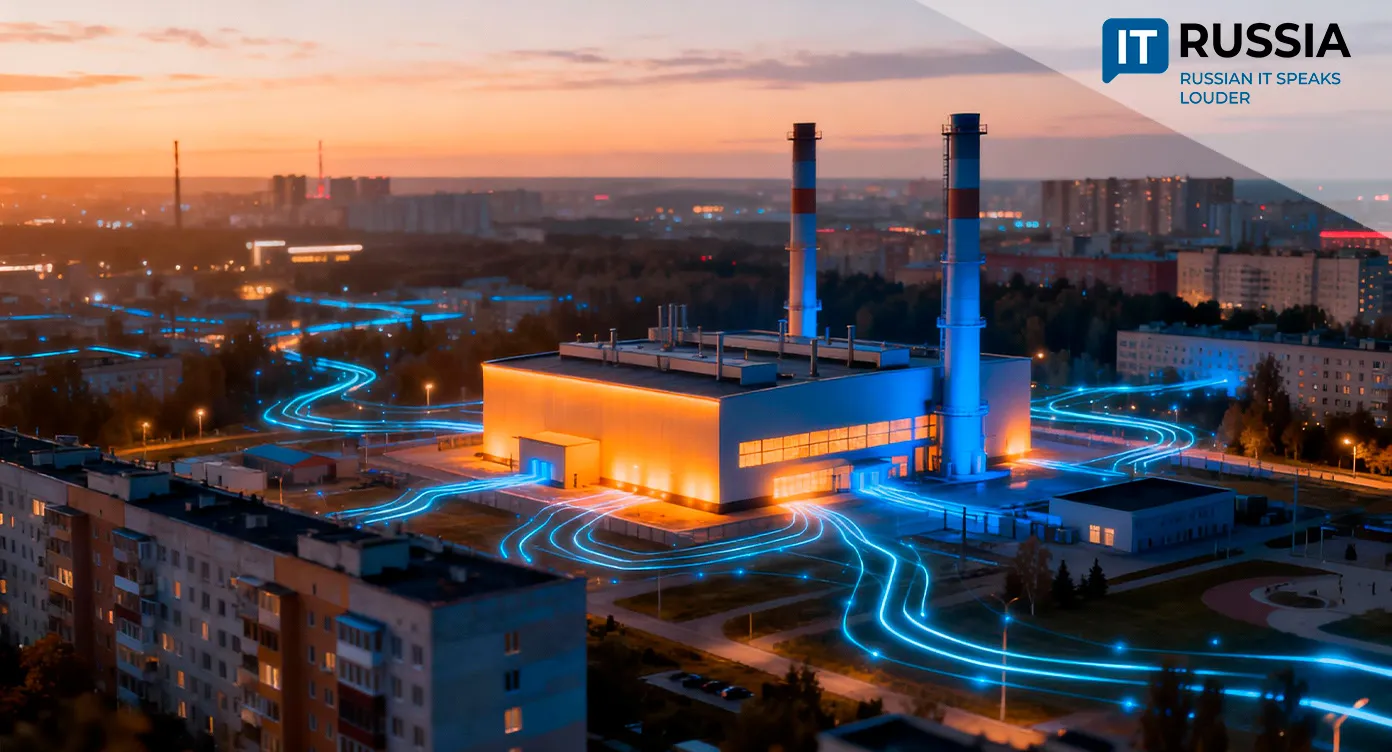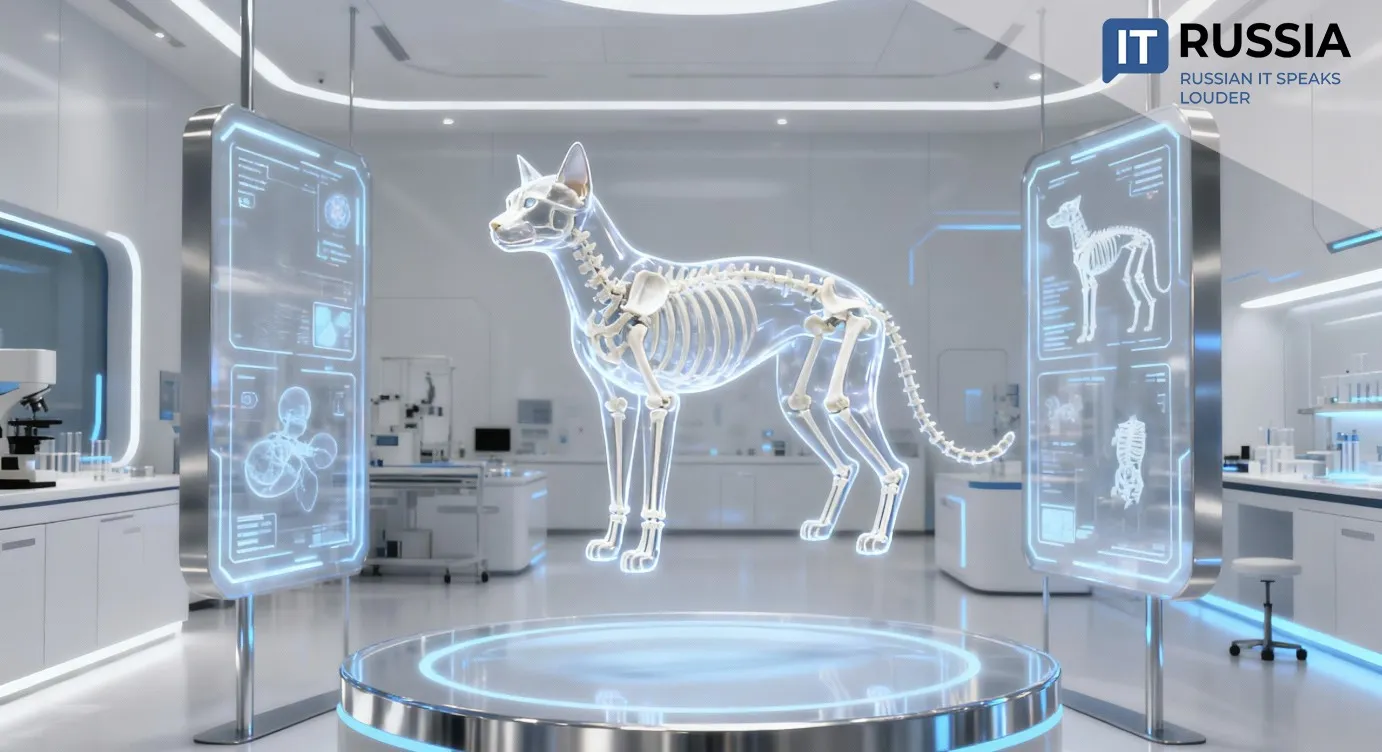Russian Scientists Achieve Breakthrough in Nanofluid Modeling

A team of Russian and international researchers has developed a new method for modeling heat transfer in nanofluids, dramatically reducing simulation time without compromising accuracy.
Heat Transfer at the Forefront of Engineering Challenges
In fields ranging from microelectronics to nuclear energy, managing heat has become one of the most urgent technical requirements. Overheating—whether in smartphone processors or atomic reactors—leads to malfunctions, reduced system lifespans, and increased operating costs.
Scientists in physics, chemistry, and computational mathematics have been studying nanofluids—liquids enhanced with nanoparticles like metal oxides or carbon nanotubes, which significantly boost thermal conductivity. But simulating these systems has traditionally required immense computing power and time.
Now, Russian researchers have proposed an innovative approach to numerically modeling heat transfer in nanofluids. Unlike traditional techniques like molecular dynamics, which demand extreme precision and hundreds of compute hours even on supercomputers, the new algorithm slashes analysis time dramatically without sacrificing accuracy.

The key lies in a hybrid strategy: the team combined simplified mesoscopic physical models with adapted particle behavior algorithms to simulate nanoscale heat interactions more efficiently.
From Lab Tool to Engineering Asset
Nanofluids are already in use across diverse applications, from high-power server cooling to turbines, electric vehicles, and even space technologies. However, developing new formulations still involves lengthy and expensive experimental testing. The new method allows engineers to assess different fluid-particle combinations, simulate behaviors under varying temperatures and pressures, and optimize thermal processes—entirely within a virtual environment.
This advancement isn't merely academic. It’s a practical engineering tool—especially significant for Russia. First, it strengthens the country’s scientific position in an essential area of modern physics and applied engineering. Second, it reduces dependency on foreign software platforms like ANSYS and COMSOL, widely used for thermal simulations.

The breakthrough opens the door for domestic software modules, ready to integrate into Russian CAD and engineering analysis systems. Beyond asserting technological sovereignty, these tools can cut development costs and speed up product deployment cycles.
Next-Gen Computing for Smarter Cooling
The IT sector also stands to benefit. The algorithm-driven method demands high-performance computing resources and can form the basis of a new generation of simulation tools. Discussions are already underway to create an open-API software suite with industrial-grade modules based on the new method.
Consumers may feel the indirect benefits as well. Enhanced thermal management can improve the reliability of smartphones and electric vehicles. More energy-efficient buildings and manufacturing systems reduce the risks of overheating and lower strain on power grids.

Russia itself gains strategic advantages—reduced time and computational expense in tech R&D, and a stronger global competitiveness of its engineering solutions.
Global Interest and Export Potential
The international community has also taken note. Nanofluid research is a global field, and this modeling method is adaptable for global use. Russian researchers are preparing publications in high-impact journals and planning to present at major scientific conferences.
In the future, the method could be exported as part of Russia’s scientific 'soft power'—offered as either software or modeling services. What might seem like a niche advancement today could soon underpin thermal simulations around the world—starting from Russian university labs.





















